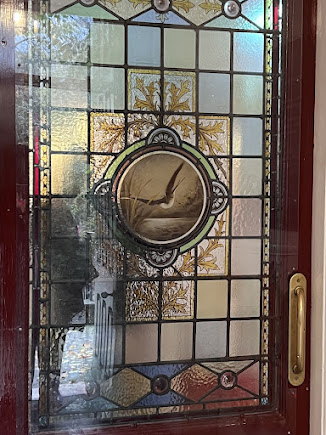Body art is generally concerned with issues of gender and personal identity. A major theme is the relationship of body and mind, explored in work consisting of feats of physical endurance designed to test the limits of the body and the ability of the mind to suffer pain.
It also often highlights aspects of the body that focus on bodily substances or the theme of nourishment. Contrasts such as those between clothed and nude, internal and external, parts of the body and the whole are also a common theme. In some work, the body is seen as the vehicle for language.
Identity in modern art is a broad and exciting theme, allowing the viewer to gain new perspectives and understanding of other people's lives. For the artists that draw inspiration from their identity, the work becomes a podium for exploration, expression and connection.
Art can shed light on cultural influences from other places, historical events, cultural values, the persistence of certain traditions, and resistance and change to certain traditions. People use art to express their own individuality, but also to connect with others in the culture and express a shared identity.
Body
After studying with Robert Wilson and Marina Abramovic at the Watermill Center, she took those lessons and applied them to her body art installations. Now, whether camouflaging models around the world or creating living sculptures, she is known as one of the top body painting artists in the field.
“I love working with the human body as my surface because my paintings are alive—they have a breath, a heart beat, a twinkle in the eye,” she shares with us via email. “Body paint creates a special connection to a person that other visual art forms have trouble accomplishing; it’s a distinctly human experience.” - Merry.
Identity
Samuel Fosso (born July 17, 1962) is a Cameroonian-born Nigerian photographer who has worked for most of his career in the Central African Republic. His work includes using self-portraits adopting a series of personas, often commenting on the history of Africa. One of his most famous works of art, and what he is best known for, is his "autoportraits" where he takes either himself or other more recognizable people and draws them in a style of popular culture or politics. He is recognized as one of Central Africa's leading contemporary artists.
He won the Prince Claus Award from the Netherlands in 2001.




















_in_the_British_Library_courtyard_(13598958575).jpg)



